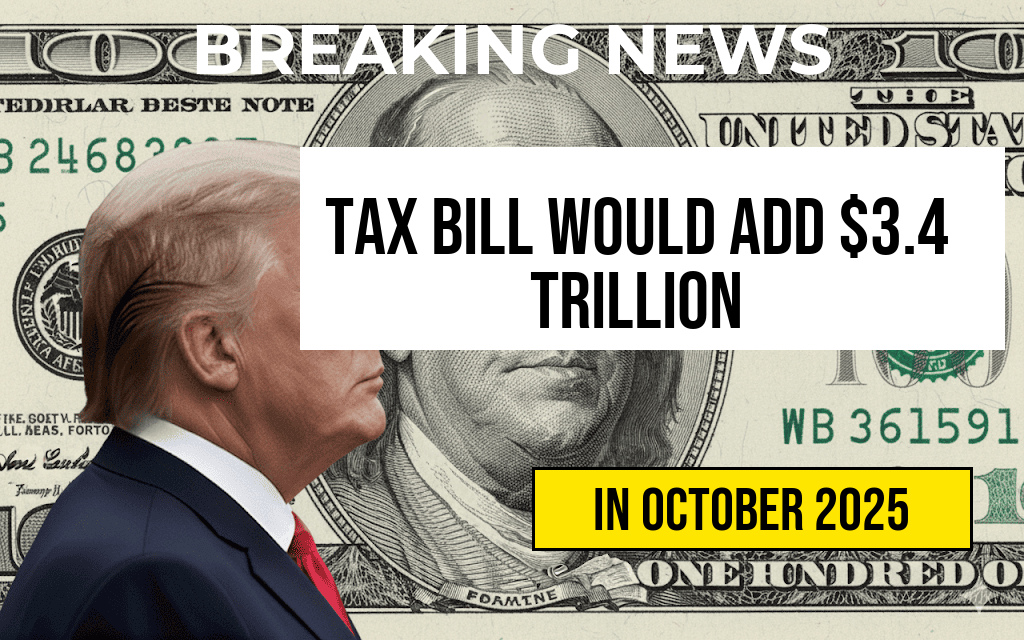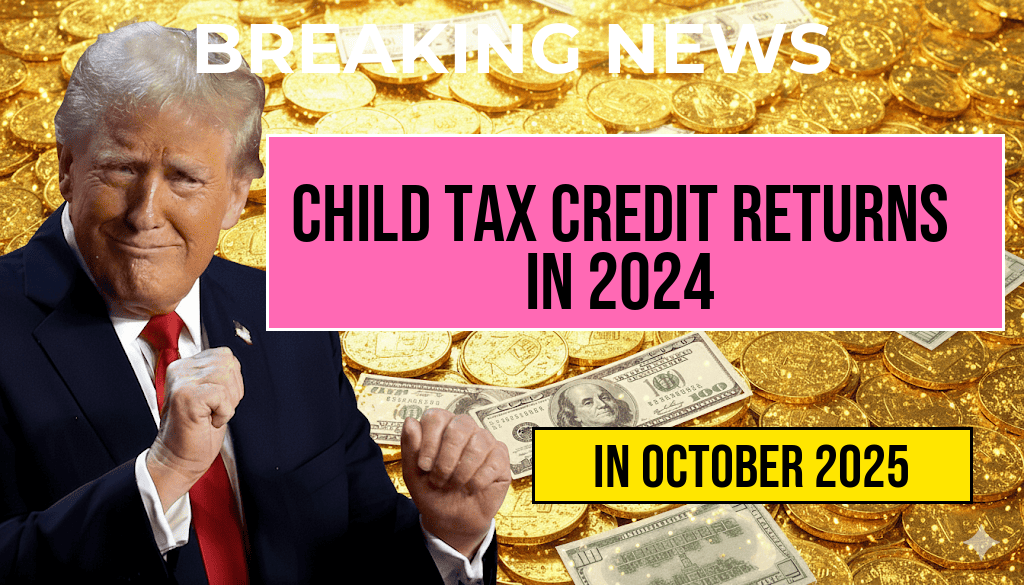The proposed legislative package known as the “One Big Beautiful Bill” has ignited widespread concern among fiscal analysts and taxpayers alike, as early estimates project it could expand the national deficit by approximately three point four trillion dollars. While supporters tout its potential to stimulate economic growth and address longstanding social issues, critics warn that the bill’s expansive spending measures and tax provisions risk destabilizing the federal budget. As lawmakers debate the bill’s content, the fiscal impact remains a focal point, raising questions about the sustainability of current spending trajectories amid an already elevated national debt.
Understanding the Scope of the “One Big Beautiful Bill”
The legislation, introduced by a coalition of lawmakers seeking comprehensive reform, encompasses a broad array of initiatives aimed at infrastructure, healthcare, education, and climate change mitigation. It is designed as a multi-year package, with projected costs spanning several trillion dollars over the next decade. According to preliminary analyses from the Congressional Budget Office (CBO), the bill’s combined spending and tax provisions could lead to a significant increase in the federal deficit, unless offset by substantial revenue gains or spending cuts elsewhere.
Key Provisions and Financial Implications
- Infrastructure Investment: Allocates over $1.2 trillion for transportation, broadband, and energy projects, funded through a mix of bonds and targeted taxes.
- Healthcare Expansion: Extends coverage and subsidies, potentially adding hundreds of billions in federal costs annually.
- Climate Initiatives: Implements new incentives for renewable energy, with estimated costs exceeding $500 billion over ten years.
- Tax Changes: Introduces increased corporate and individual taxes, aiming to generate revenue but with uncertain effectiveness in revenue collection.
| Provision | Estimated Cost (billion USD) |
|---|---|
| Infrastructure | 1,200 |
| Healthcare | 800 |
| Climate Initiatives | 500 |
| Tax Reforms | -1,100 (revenue) |
| Total | 3,400 |
Fiscal Concerns and Expert Perspectives
Economists and fiscal watchdogs warn that the bill’s projected deficit increase could exacerbate existing debt levels, which currently exceed $31 trillion. The Congressional Budget Office’s report emphasizes that without significant revenue enhancements or spending reductions in other areas, the legislation could push the debt-to-GDP ratio into uncharted territory, raising borrowing costs and potentially impacting long-term economic stability.
Potential Impact on National Debt and Borrowing Costs
Rising deficits tend to increase the government’s reliance on borrowing, which can lead to higher interest rates. This, in turn, could make financing future deficits more expensive, creating a feedback loop that strains public finances. Critics argue that the bill’s ambitious spending priorities risk undermining fiscal discipline, especially given current inflationary pressures and global economic uncertainties.
Political Dynamics and Public Response
The bill’s passage is expected to face intense debate within Congress, with opposition parties voicing concerns over its long-term fiscal sustainability. Supporters argue that the investment is necessary to modernize infrastructure and address climate change, asserting that the economic benefits will offset the increased borrowing. Polls indicate a divided public opinion, with many taxpayers worried about the potential for higher taxes and increased national debt.
Stakeholder Perspectives
- Lawmakers: Divided along party lines, with Democrats emphasizing social investment and Republicans focusing on fiscal responsibility.
- Economists: Cautiously optimistic about the potential growth effects but wary of deficit implications.
- Public: Mixed reactions, with concerns over taxes and long-term debt versus support for social programs.
Looking Ahead: Navigating Fiscal Challenges
As negotiations continue, the emphasis remains on balancing urgent social and economic needs with fiscal responsibility. Some analysts suggest that revenue-generating measures, such as closing tax loopholes or implementing new levies on high-income earners, could help mitigate the deficit impact. Others caution that without concrete offsetting strategies, the bill’s passage could leave the nation grappling with mounting debt and reduced fiscal flexibility for years to come.
For more details on the current state of the national debt and fiscal policy debates, visit Wikipedia’s page on U.S. national debt or review reports from Forbes.
Frequently Asked Questions
What is the main concern highlighted in the article?
The main concern is that the One Big Beautiful Bill will significantly increase the national deficit by approximately three point four trillion dollars.
How will the bill impact the federal budget?
The bill is projected to add trillions of dollars to the deficit, potentially affecting fiscal stability and public debt levels in the long term.
Why is the increase in the deficit considered problematic?
The rise in the deficit could lead to higher interest rates, reduced government spending, and increased financial strain on future generations.
Are there any potential benefits mentioned for the bill?
The article primarily focuses on the economic risks and fiscal implications of the bill; it does not highlight specific benefits but emphasizes the costs.
What should taxpayers be aware of regarding this bill?
Taxpayers should be aware that the bill’s passage may impact the national economy and public finances, and should stay informed about legislative developments and potential policy changes.








